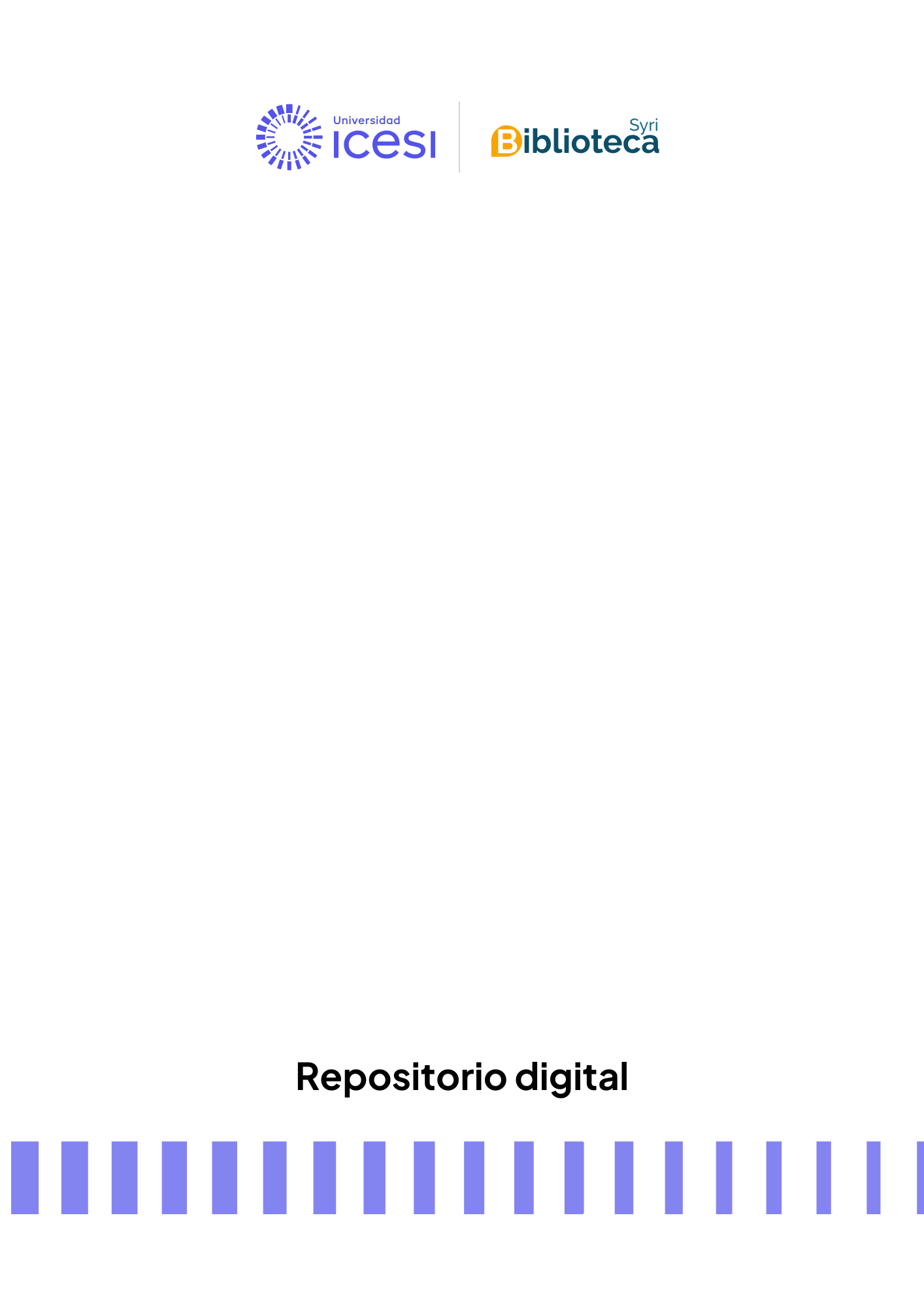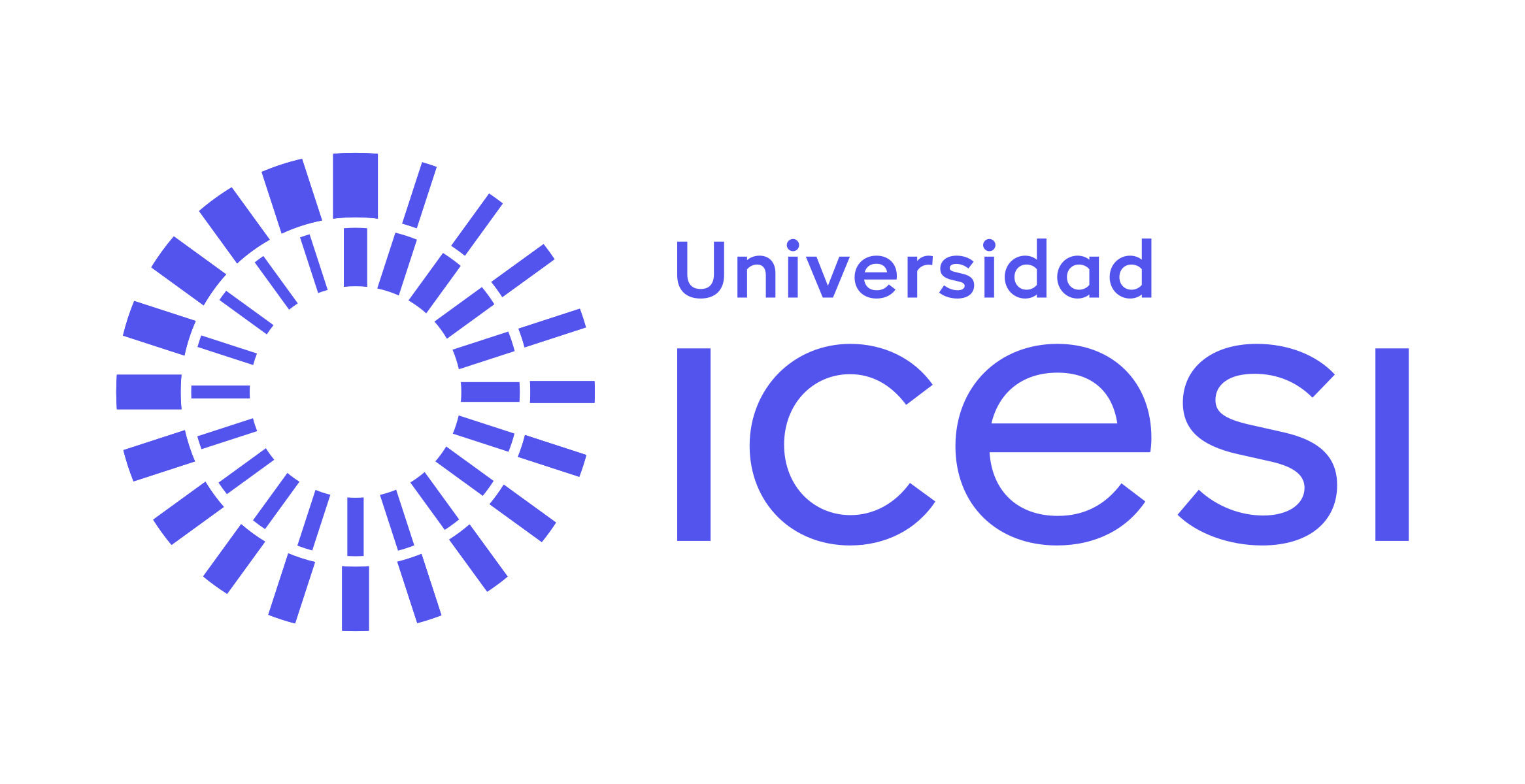Estructura básica del proceso unificado de desarrollo de software

Archivos
Fecha
Autores
Director de tesis/Asesor
Título de la revista
ISSN de la revista
Título del volumen
Publicador
Editor
Compartir
Resumen
Abstract
For a long time, the traditional waterfall model has been used in software development. Over this time it has demonstrated that it does not reflect properly the inherent complexity of the software development process. The problems that this model presents stem from its structure: a sequence of large stages that have complete documentation as a milestone before being able to continue to the following stage. To solve this problem it is neccesary to use iterative and incremental methods that together with other key practices, such as risk management and the adaptable planning, provide a natural guidance to the software development process. IBM’s RUP is taken into special consideration. RUP is based on the spiral model and organizes iterations into stages and phases in order to obtain a more solid, clear, and adjustable structure of the particular needs of every organization. This article aims to describe iterative development iterative in general and the advantages that its use offers in software develoment processes.

